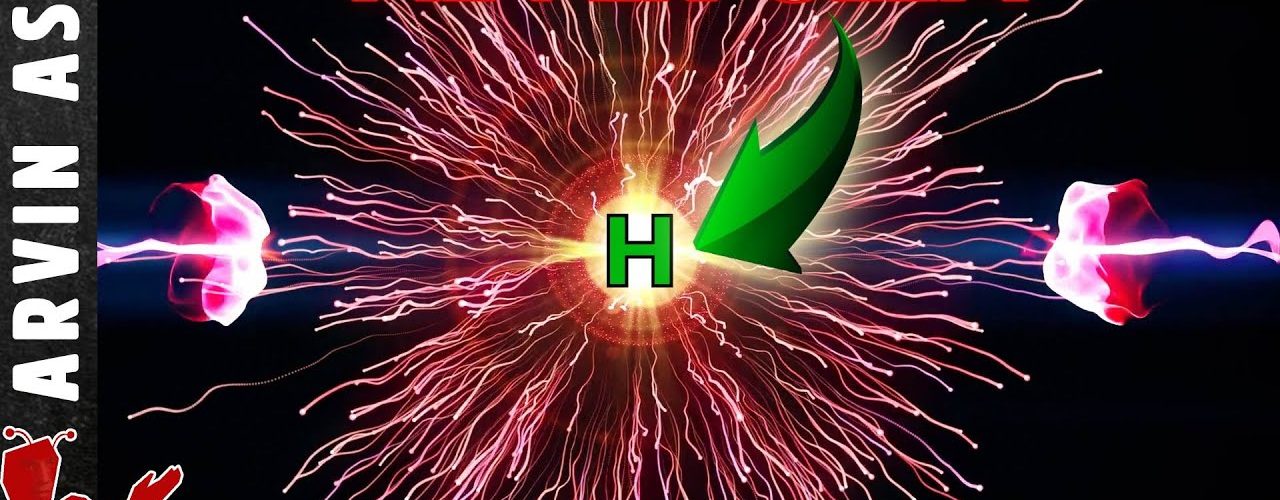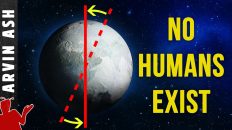In 2012, the Higgs boson (the God Particle) was discovered. It’s responsible for giving mass to fundamental particles. But the scientists never measured the particle. So how can scientists claim a discovery without ever having seen or measured it? What is a measurement anyway?
The Standard Model shows that all fundamental particles that we know of are an excitation in their own field. Since the Higgs particle has a mass of 125 GeV, you must add 125 GeV worth of energy in the Higgs Field to form a Higgs particle. This is a very high energy level, equivalent to the rest mass of about 244,000 electrons.
Making a Higgs is not easy because heavy particles are not stable. They decay to lower mass particles, because the universe intrinsically favors lower mass/energy particles over higher mass particles. The Higgs particle being heavy is unstable and tends to decay into lighter particles.
But mass is only part of the energy of the particle. The combination of rest mass and kinetic energy of ligher particles can add up to the mass of a heavy particle like the Higgs.
This is the principle behind particle accelerators like the Large Hadron Collider at CERN in Geneva. The LHC actually accelerates protons to do this because it’s a bit easier than electrona since a proton is much heavier at around 1 GeV, so it needs less kinetic energy to create the Higgs particle.
How do you detect the Higgs once it is made? You cannot detect it directly for two reasons. First, two protons collide with the same energy, but in opposite directions. The combined momentum is roughly zero. This means that the created Higgs boson will be roughly stationary in the particle beam. It’s difficult to detect something that doesn’t move because the detectors only picks up particles that fly away from the collision. Secondly, Its lifetime is incredibly short. It decays almost instantly. Thirdly, the Higgs is not a charged particle. Since we generally rely on some electromagnetic interaction to physically detect a particle, it’s not clear how you would detect it even if it could reach the detector.
If all that is true, what did we actually “discover” if no one ever measured a Higgs? You don’t need to measure it to know that it’s there. Essentially, if you smash two protons together and get an event where the sum of the decay products adds up to the mass of the Higgs, then we can reasonably conclude that the event likely created a Higgs particle.
But you might ask, what if the event created random interactions which just happened to yield a decay products equal to the Higgs mass? Yes, that could happen. But if you have many multiple measurements over a long period of time, then you can eliminate the possibility of just random interactions. And in the case of the 2012 announcement, this spike achieved 5 sigma significance, which is the gold standard in particle physics, for determining that a new particle was detected. It is thus as statistically significant discovery.
And it turns out that in there are many other particles, that we also never actually directly measure, because of similar limitations.
For example, the quarks and gluons that make up protons and neutrons, cannot because of the nature of the strong force, ever be directly detected. Yet, scientists still claim we discovered them. They can make this claim because the procedure of their discovery is similar to that of the Higgs.
How is the Higgs Boson produced? The most prominent process used at the Large hadron collider is the gluon fusion process. First, two high energy gluons can be produced by smashing two high energy protons. These can, in some cases, turn into top quarks, and fuse together via a triangle loop. This loop represents top quark, and anti-top quark creation and annihilation. The energy of this annihilation can create a Higgs boson.
#HiggsBoson
#LHC
This Higgs particle of course, as I stated earlier, almost instantly decays. So, what does it decay into? The Higgs decays to form very heavy bottom/anti-bottom quarks, which annihilates into two high energy photons. And the energy of these photons adds up to the mass of the Higgs. The photons is what we actually detect.







